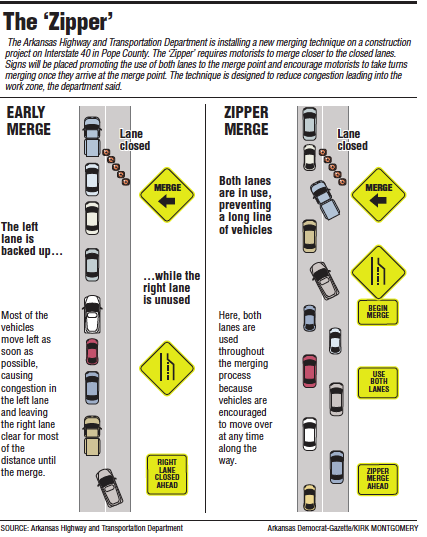TheTigerMaster
Superstar
Toronto's ultra-short ramps and merge lanes are pretty interesting, and I guess unique. Part of me likes them just because they make one not take driving for granted. Which is pretty easy to do when taking the massively arcing ramps of the 400 system...they can be tackled half asleep with one eye open one hand on the wheel and the other texting. Merging onto the Gardiner from LSE in that streetview, not so much. But what can be done? Is there a standard sign they can use to let it be known? Or perhaps a phrase like "Keep Focused, Limited Merge Length"? I'm not aware of any.
A "lane ending ahead" sign with distance marker would work fine for this, wouldn't it?
The biggest pet peeve of mine for Toronto highways is the westbound Gardiner on ramp at Jameson. The merging distance is so small that it closes at rush hours as it causes all kinds of problems in rush hours. When it is closed, drivers are forced to continue on lakeshore all the way to park lawn. This creates a massive gap of on ramps from Spadina to Park Lawn where there is no way to get on the Gardiner Expressway.. This adds over 10 minutes to the drive time compared to if vehicles could enter the highway at Jameson. The worst part is that it can all be fixed by extending the damn merge lane by 100m or so..
This used to be a difficult task as the massive bridge piers for the Dowling Avenue bridge were in the way. But the Dowling Avenue bridge has been demolished for several years now, and the city is not planning to replace it beyond a pedestrian bridge. The city desperately needs to demolish the pier and extend the on ramp to allow the ramp to remain open in rush hour.
Lol, I can't even call this an acceleration lane at all. The City oughta hang up a yield sign there, because there is no way drivers can safely treat that as a proper acceleration lane
Honestly, I'm surprised it's even legal for the City to set up the merging lane like this. As I mentioned in my original post, on a driving test, if you don't get up to highway speeds before changing lanes, that's an automatic failure. Merging onto highways below speed is super dangerous (as my driving instructor chewed me out for on several occasions way back when). It is effectively impossible to perform what the MTO considers to be a safe merge with this lane setup. I'm sure people unfamiliar with this onramp must be accelerating up to 90ish and then slamming on the brakes when they realize they're about to be dumped onto a through lane of traffic.
Also, because people are likely entering the highway around 40ish at this location, I'm sure it must be substantially slowing down the flow of traffic on the through lanes.
Unfortunately, the City uses this exact setup all over the Gardiner, DVP and Allen Road.







